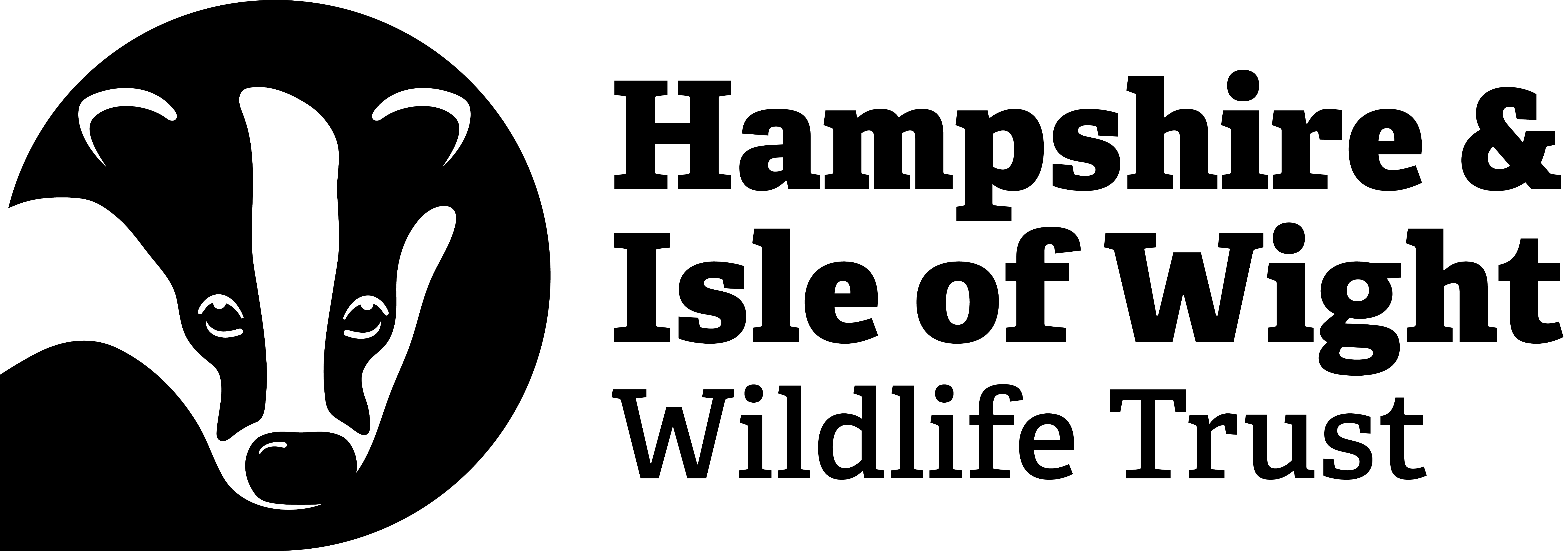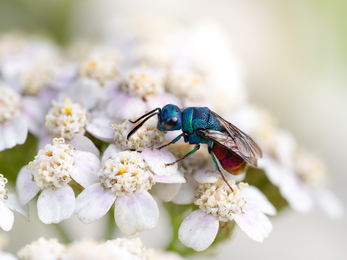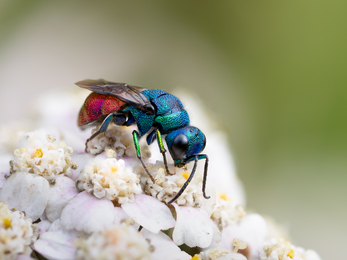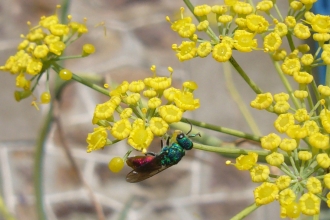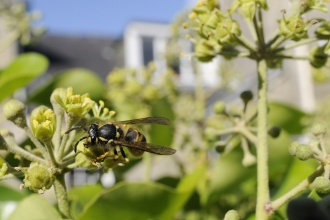The UK is home to many solitary bees and wasps, including the ruby-tailed wasp. Unlike their hive-dwelling relatives, solitary bees and wasps live by themselves in self-made nests with cells to lay their eggs in. These nests are filled with pollen and other food sources for the larvae to feed on when they hatch.
The ruby-tailed wasp does things a little differently: it investigates the nests of other solitary bees and wasps (most commonly mason bees), finding one where the adult is out and will sneak in to lays its eggs. Once the ruby-tailed larvae hatch, they eat the larvae of their host and any food left for them, thus earning the name ‘cuckoo wasp’.
Invading the nests of bees and wasps is a dangerous business for the ruby-tailed wasp, but it has a few tricks up its sleeve to help it survive. Its abdomen is concave, allowing it to curl up into a defensive ball; displaying their hard body cuticle that helps protect it from the stings of the host species. It does have its own stinger, but this is not venomous.
The behaviour of stealing food is known as kleptoparasitism and occurs in many species across the natural world. In the case of the ruby-tailed wasp, and other parasitic insects, this form of parasitism plays an important role in regulating populations of other insects, and maintaining a balanced eco-system.
